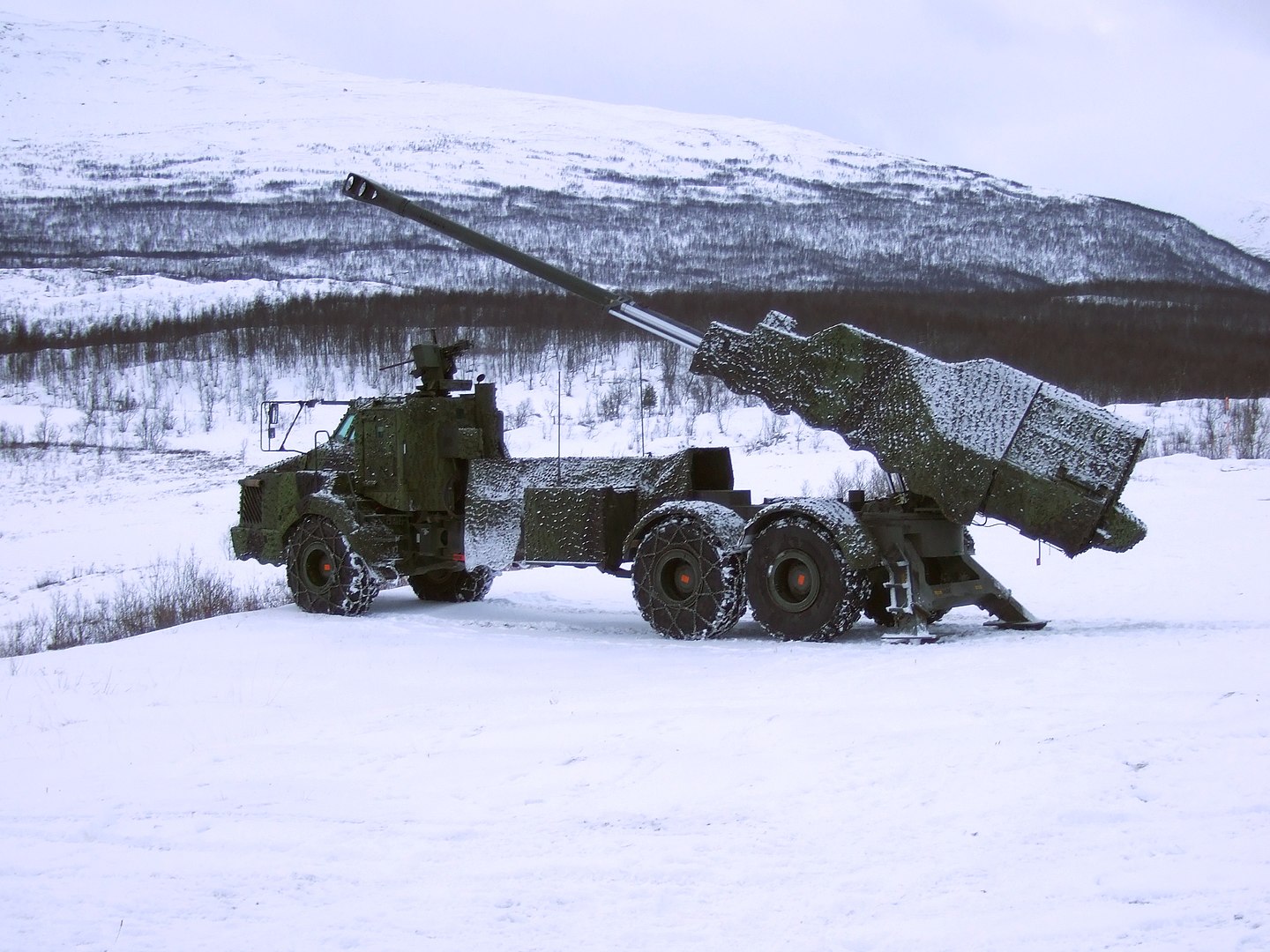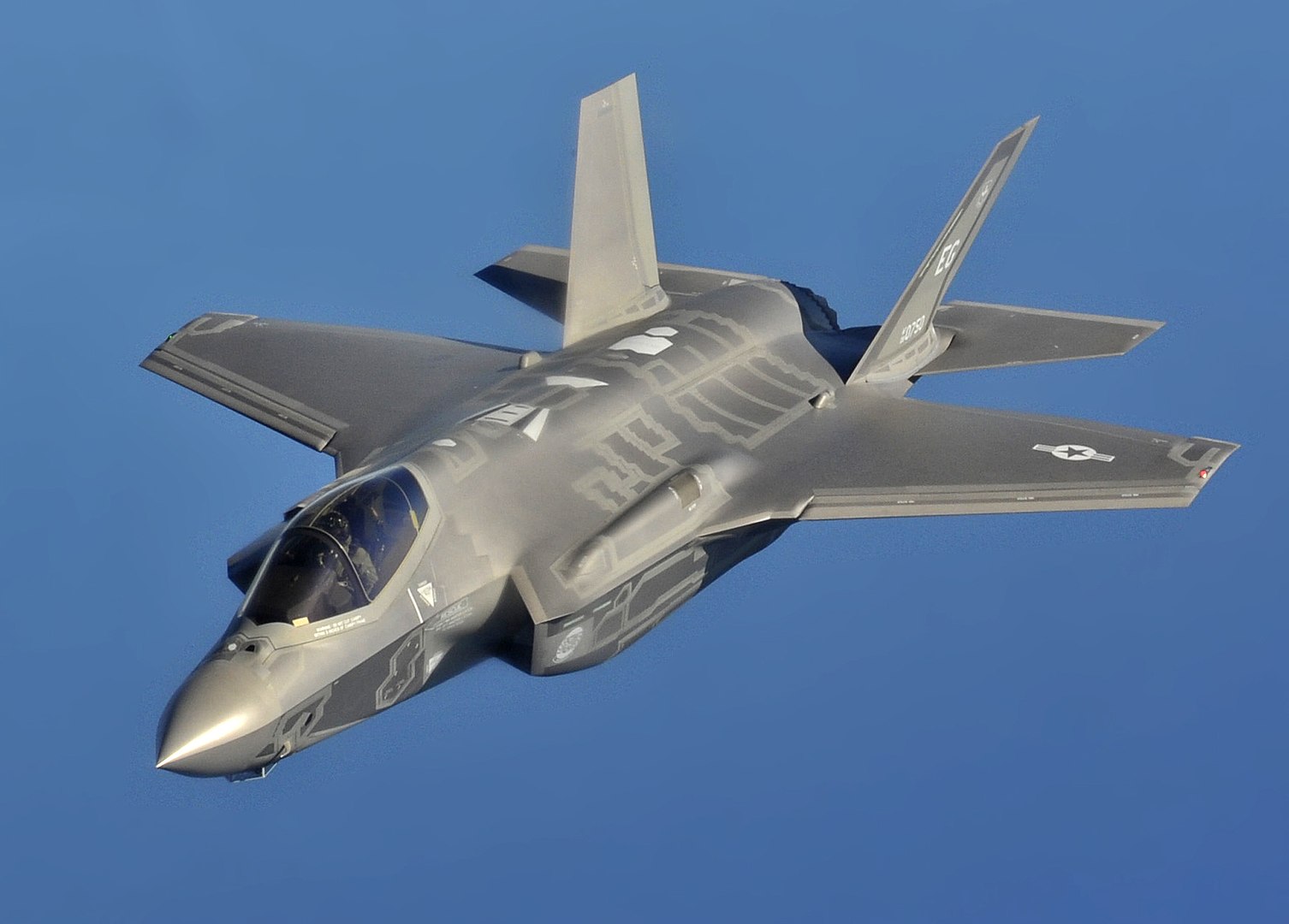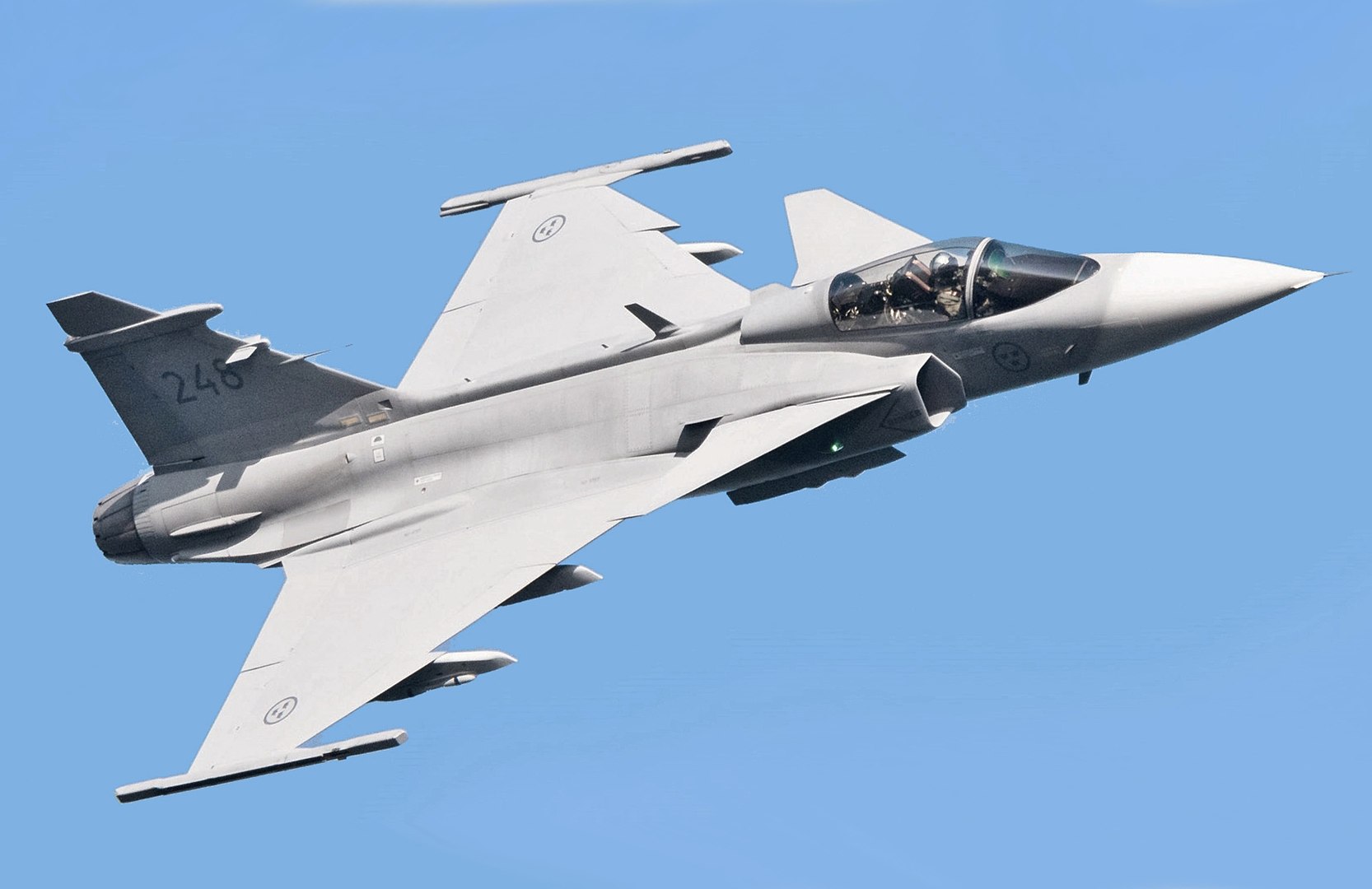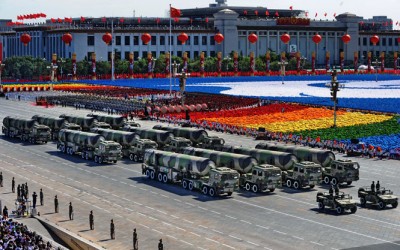The Russo-Ukrainian conflict in 2014 shook the world and led to a stronger perception of Russia as a security threat. It also reshaped Nordic Defence Cooperation (NORDDEFCO) – an alliance of Iceland, Denmark, Norway, Sweden, and Finland aimed at coordinating and strengthening their respective national defence. The thirteen years of NORDEFCO could arguably be divided into two periods – before and after 2014. This article explains what changed in NORDEFCO after the 2014 events, focusing on the contrast between the two time periods.
The first part explains the five initial years of the cooperation, especially addressing its weaknesses. Then, the second section introduces a sense of threat, which prompted this cooperation to shift its actions towards enhancing actual defence capabilities of member states in face of a particular foreign danger. The third section discusses the benefits and limitations of the different affiliations of the member states, particularly the cooperation with NATO and how the NORDEFCO contributed to an increase in cooperation of the two non-aligned states with the much larger bloc in face of the eastern threat.
NORDEFCO, established in 2009, is aimed at strengthening the national defence of its member states, implementing common solutions, and generally improving the coordination of management of defence sources and resources [1]. Its structure is very lean, as it effectively has only two levels. The first level is the Policy level, led by each state’s Defence Minister. The second level is the Military level with respective Chiefs of Defence in charge [1]. This could be considered advantageous because the institution is not burdened with different state policies in other sectors and the actual projects can be implemented in simple processes with clear goals. On the other hand, it could also limit the cooperation when handling more complex issues, as the structure may be too simple for certain tasks requiring broader institutional cooperation.
It could be argued that the effectiveness of this cooperation met varying success with different projects across all involved countries. But with the events of 2014, when Russia conducted an aggressive campaign towards Ukraine, the viewpoint of NORDEFCO member states converged into a necessity to enhance the respective defence capabilities, as the Russian threat proved to be quite realistic for the Nordic and the Baltic region. NORDEFCO experienced sort of a resurgence after 2014, as the change in geopolitical climate redefined the goals of the cooperation.
To explain the shift inside the cooperation structures, it is important to highlight the shortcomings during the first five years of NORDEFCO, which are explained in the first chapter of this article.
A Questionable Functioning of the Alliance
From its inception, NORDEFCO struggled with the different geopolitical ties of its members. The main affiliations are of course the European Union and the North Atlantic Treaty Organisation. Denmark is a member of both EU and NATO but does not participate in the EU Common Security and Defence Policy (CSDP) [2]. Iceland and Norway are NATO members, but not EU members. And finally, Sweden and Finland are EU members, contribute to EU CSDP, but remain outside of NATO [2]. Despite these differences, there is a strong sense of regionalism. Common history and previous cooperation initiatives (NORDAC, NORDCAPS and NORDSUP) led to creating NORDEFCO initially as a practical money-saving project. Participating in international military missions, experiencing budget cuts and the 2008 financial crisis made the Nordic states well aware of the economic hardships of maintaining their defence standards [3]. In the first ten years, there have been a few failures that created doubts about whether NORDEFCO can properly function given the differences between defence sectors of respective states.

Even though NORDEFCO was established to aid its members in lowering the military costs by joint acquisitions of equipment, technology, and armaments, it was this field particularly that experienced two major setbacks. Both occurred just a few days apart in 2013, and both were caused by Norwegian withdrawal [4]. In December 2013, Norway cancelled its participation in the joint Swedish-Norwegian development project ARCHER, which was supposed to supply both countries with artillery systems [4]. Norway claimed that operational requirements were not met, even though the acquisition process spanned several years [5]. Just a few days after, Norway withdrew from a large order of German military trucks manufactured by MAN Rheinmetall, which was the second Swedish-Norwegian project where the Swedish Ministry of Defence was left hanging by its Norwegian counterpart [4]. Additionally, Sweden was disappointed by Denmark when the Danish opted for US-made F-35 fighter jets instead of Swedish JAS-39 Gripen in 2016 [4]. Given that Iceland has no air force to speak of, Sweden is thus the only Nordic nation to operate Nordic-manufactured fighter jets, as Norway also bought F-35 jets in 2008 and Finland acquired US-made F-18s in 1992 [4]. The failures in the joint acquisitions brought up the doubts of whether the creation of NORDEFCO was actually useful. Norway, Denmark, and Iceland have access to the NATO technology and armaments and rejection of Sweden-made military goods was perceived by the Swedes with a loss of trust mainly in Norwegian partners [2].
Because of several disagreements between Norway and Sweden, their cooperation in the field of defence industries practically ceased to exist and the respective governments started to reiterate their national strategies [2]. Nevertheless, their cooperation in military training and exercise continues. Since 2009, Norway, Sweden and Finland have been participating in almost weekly combined air combat training missions called Cross Border Training North (CBTN), using their respective home bases in Bodø, Kallax and Rovaniemi [4]. Besides CBTN, these COPA TEX – short for COPA Training and Exercises – exercises include also the bi-annual Arctic Challenge Exercise (ACE), which enhances the CBTN since 2013 and extends the scope of the exercises by inviting other NATO member states, such as the United States or the United Kingdom [4]. It could be argued that it was this kind of cooperation, the classic military one, that carried the sense of purpose of NORDEFCO through the doubtful times following the failures in the economic department.

The Resurgence: Joint Exercises and Defence Agreements
This part explains the changes that NORDEFCO underwent after the events in Ukraine and serves as a counterbalance to the first section to further highlight the differences between the first and second period of the cooperation. In 2014, Russia made an aggressive move towards Ukraine which made European states wonder if the Russian power projection can possibly extend further than originally expected. And, therefore, the overhaul of the defence strategies, policies and capabilities throughout Europe started. Nordic states were naturally part of this and NORDEFCO experienced a resurgence through its efforts to meet the Russian challenge.
After 2014, it became apparent that if Russia makes a move further into European space, Nordic and Baltic states would immediately become entangled in a possible conflict. NATO members, such as Denmark, have their units stationed in the Baltic States as a part of NATO’s Enhanced Forward Presence program. Finland shares a long border with Russia, making it particularly vulnerable to a land-based attack. Swedish aerospace would prove important for aerial control over the Nordics as well as transport of cargo or personnel, both for Sweden and NATO. Finally, Norway has the access to the strategically important Barents Sea, which often sees the activity of the Russian Northern Fleet. In case of conflict, these states would need to be prepared for providing the first response to aggressive actions.
To keep up with the situation in the region, NORDEFCO basically reinvented itself in its goals. From the focus on decreasing military-related costs , the organization has started to turn towards joint military exercises and the orientation on military capabilities and cooperation in common projects has strengthened in general. In 2016, all five Nordic states signed the Easy Access agreement, which allows their respective armed forces to use each other’s air, sea and land territory during peacetime [6]. In 2018, Sweden and Finland signed a memorandum regarding military cooperation, which allows the two states to jointly cover operational planning in case of crisis or war. [7]. Even though it contains no obligations regarding mutual defence, it is a clear sign of reaction to the events in the east [7]. In a similar vein, Denmark places greater importance on the presence of its units in the Baltic states and signed an agreement with Sweden, which provides both countries easier access to each other’s air and sea space and exchange of surveillance data [7]. Finally, in 2020 the Defence Ministers of Finland, Sweden and Norway signed a “Statement of Intention on Enhanced Operational Cooperation”, which is aimed at operational synergy and common planning in times of crisis or war [8].
Sweden and Finland also have been participating in NATO military exercises, even though they are formally non-aligned. In 2016, Sweden joined the Cold Response exercise hosted by Norway [9]. Then, in 2018, Finland and Sweden joined the Trident Juncture, an exercise designed to simulate a defence of a Nordic state against a foreign threat which would invoke Article 5 of the North Atlantic Treaty [10]. In addition, Sweden hosted the 2017 Aurora exercise and the 2019 Northern Wind exercise, both of which included significant participation by other European NATO members as well as the United States [8].

NORDEFCO Among Other Larger Organisations
One may ask whether NORDEFCO can function among other regional and even cross-regional cooperation projects. Its members have different affiliations, which means also different interests and obligations. NORDEFCO member states are also participating in NATO, EU, Arctic Council and other organisations, but in the end, NORDEFCO is aimed strictly at military cooperation. This means that there is very little overlay with other institutions’ agendas. EU is primarily an economic project with further deepened integration, which Norway and Iceland have been refusing to join for decades because it would restrict their own economic strategies. Arctic Council sees also Russia, Canada and the US participating, in addition to the Nordic states, but it is aimed mainly at cooperation in the Arctic exploration, research and environmental protection sectors. That leaves NATO as the only possible institution which can have issues with the Nordic project. But since 2014, non-aligned Sweden and Finland have been slowly gravitating towards NATO, because the prospects of stable common defence prove important, given the volatile relations with unpredictable Russia. Also, the increased military presence of the Russian Baltic and Northern Fleet, military exercises close to NATO borders and overall show of force of Russia makes Finland and Sweden rethink their defence policies. It could be argued that because of this slow alignment, NATO considers the Nordic cooperation beneficial, as it boosts the capabilities of the whole region [11].
Nevertheless, the increased multilateral cooperation has its limitations, because of the NATO membership. Several important NORDEFCO agreements, such as the Easy Access agreement or the surveillance data exchange, are limited to times of peace [8]. This means that in case of war, NATO members can worry about being denied air access or data supply, while Sweden and Finland can doubt the possibility of remaining neutral or opting-out of the potential conflict [8]. While boosting their own defence capabilities, Sweden’s and Finland’s ties to NATO can do some damage to their own policies, if not managed properly. Still, defence cooperation within NORDEFCO proves to be quite effective, as it is concerned with strictly military matters and the geopolitical aspects are pushed aside.
Has It Been a Successful Project?
NORDEFCO has been active for thirteen years and it has undergone significant changes since its inception. In the beginning, the cooperation was plagued by failures in the military research and development sector and joint procurement of armaments. But with the crisis in Ukraine and the emergence of the Russian threat, NORDEFCO redefined its purpose and has since proved itself as a formidable cooperation structure. It might be focused merely on defence, but it performs in this field very well, boosting the defence capabilities of the whole Nordic-Baltic region (e.g. as a part of NATO Enhanced Forward Presence or EU CSDP). This means mainly weekly air force exercises and bi-annual Arctic exercises of the Nordic states, which enable NORDEFCO members to cooperate with each other on a platform besides NATO. The main change after 2014 was the abandonment of joint acquisitions and an increase in focusing on military exercises, including various cooperation agreements. NORDEFCO can be considered as a regional security structure complementing the already existing cooperation of NATO states, but with a focus on the Nordic region, overarching the issue of NATO alignment.
References
[1] NORDEFCO. (n.d.). About NORDEFCO. Retrieved from https://www.nordefco.org/the-basics-about-nordefco (Accessed January 9, 2022).
[2] Bredesen, M. G., & Friis, K. (2019). Governance Entrepreneurs as Spoilers in Nordic Defence Cooperation. Journal of Regional Security, 14(2), 77-100.
[3] Saxi, H. L. (2011). Nordic defence cooperation after the Cold War. Oslo: The Norwegian Institute for Defence Studies.
[4] Dahl, A.-S. (2021). Back to the Future: Nordefco’s First Decade and Prospects for the Next. Scandinavian Journal of Military Studies, 4(1), 172–182.
[5] Defense Industry Daily staff. (2015). Sweden’s Archer Self-Propelled Artillery Project. Defense Industry Daily. Retrieved from https://www.defenseindustrydaily.com/sweden-norway-to-cooperate-on-archer-artillery-project-05142/ (Accessed January 9, 2022).
[6] Danish Ministry of Defence. (2016). NORDEFCO Annual Report 2016. Available at: https://www.nordefco.org/Files/NORDEFCO-annual-report-2016_compressed.pdf (Accessed January 8, 2022).
[7] Saxi, H. L. (2019). The rise, fall and resurgence of Nordic defence cooperation. International Affairs, 95(3), 659-680.
[8] Friis, K. (2021). Analyzing Security Subregions: Forces of Push, Pull, and Resistance in Nordic Defense Cooperation. Journal of Global Security Studies, 6(4), 1-18.
[9] Bender, J. (2016). Stunning images of the massive multinational NATO military exercise in Europe’s far north. Business Insider. Available at: https://www.businessinsider.com/cold-response-2016-military-exercise-2016-3 (Accessed January 9, 2022).
[10] Masters, J. (2018). NATO’s Trident Juncture Exercises: What to Know. Council on Foreign Relations. Retrieved from https://www.cfr.org/in-brief/natos-trident-juncture-exercises-what-know (Accessed January 9, 2022).
[11] Forsberg, T. (2013). The rise of Nordic defence cooperation: a return to regionalism?. International Affairs, 89(5), 1161-1181.






Great analysis. :)